I was looking for an implementation of an LSTM cell in Pytorch that I could extend, and I found an implementation of it in the accepted answer here. I will post it here because I'd like to refer to it. There are quite a few implementation details that I do not understand, and I was wondering if someone could clarify.
import math
import torch as th
import torch.nn as nn
class LSTM(nn.Module):
def __init__(self, input_size, hidden_size, bias=True):
super(LSTM, self).__init__()
self.input_size = input_size
self.hidden_size = hidden_size
self.bias = bias
self.i2h = nn.Linear(input_size, 4 * hidden_size, bias=bias)
self.h2h = nn.Linear(hidden_size, 4 * hidden_size, bias=bias)
self.reset_parameters()
def reset_parameters(self):
std = 1.0 / math.sqrt(self.hidden_size)
for w in self.parameters():
w.data.uniform_(-std, std)
def forward(self, x, hidden):
h, c = hidden
h = h.view(h.size(1), -1)
c = c.view(c.size(1), -1)
x = x.view(x.size(1), -1)
# Linear mappings
preact = self.i2h(x) + self.h2h(h)
# activations
gates = preact[:, :3 * self.hidden_size].sigmoid()
g_t = preact[:, 3 * self.hidden_size:].tanh()
i_t = gates[:, :self.hidden_size]
f_t = gates[:, self.hidden_size:2 * self.hidden_size]
o_t = gates[:, -self.hidden_size:]
c_t = th.mul(c, f_t) + th.mul(i_t, g_t)
h_t = th.mul(o_t, c_t.tanh())
h_t = h_t.view(1, h_t.size(0), -1)
c_t = c_t.view(1, c_t.size(0), -1)
return h_t, (h_t, c_t)
1- Why multiply the hidden size by 4 for both self.i2h and self.h2h (in the init method)
2- I don't understand the reset method for the parameters. In particular, why do we reset parameters in this way?
3- Why do we use view for h, c, and x in the forward method?
4- I'm also confused about the column bounds in the activations part of the forward method. As an example, why do we upper bound with 3 * self.hidden_size for gates?
5- Where are all the parameters of the LSTM? I'm talking about the Us and Ws here:
